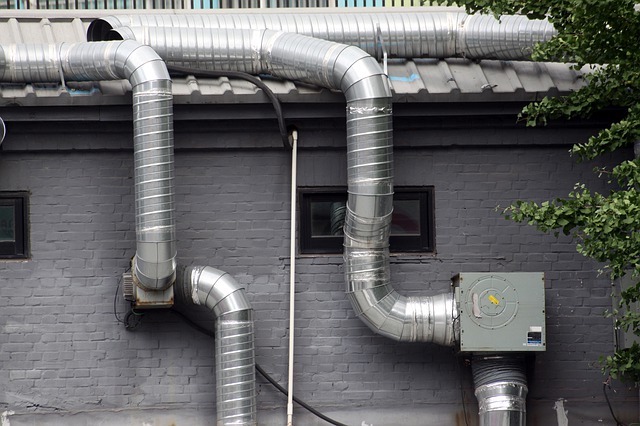What is Your HVAC System’s Blood Pressure?

Article Found on AC-HeatingConnect
We all know that blood pressure is a common indicator of a person’s health. If their blood pressure is within an acceptable range, they are healthy. If their blood pressure is too high, there is often an issue restricting proper blood flow. Your HVAC system has a similar reading that can ensure proper airflow, this reading is referred to as static pressure.
Static pressure in an HVAC system is a measure of the resistance of airflow through the ductwork, filter, coil, and furnace. Much like your body, when the resistance to flow increases, your system must work harder to keep up. Working the system harder leads to premature failure. The good news? This can be avoided with proper knowledge and maintenance.
What factors lead to improper static pressure:
- Ductwork: Improperly sized or improperly installed ductwork can lead to an increase in static pressure. Ductwork can be undersized–increasing pressure–or oversized–having too little pressure. Improperly installed or designed ductwork that has too many bends, lack of support, or ductwork that is collapsing results in additional resistance to airflow. Return duct sizing should not be overlooked, as it can also affect static pressure.
- Filters: The size and type of filter used in an HVAC system affect the static pressure. A typical 1” pleated filter adds more static pressure than a 4” pleated filter. A 4” pleated filter has a larger surface area giving the air more ways to pass through without restriction.
- Evaporator coil: If the evaporator coil is dirty and plugged with debris, a restriction to airflow will occur resulting in an increased static pressure.
What are the results of improper static pressure?
- Temperature variance throughout your home. You may notice that some parts/rooms in your house feel cold or warmer than other areas depending on the season.
- The HVAC system can experience component failures. Typically, blower motors and components associated with the blower motor circuit are the first things to fail.
How do I test for Static Pressure?
As a homeowner, we need to leave this test to the contractors.
What will a contractor do to complete this test?
With the fan operating on the furnace, the contractor will drill a small hole in the return duct before the filter, and another hole in the supply ductwork after the evaporator coil. A manometer is used to measure the difference in pressure. This measurement is then compared to the rating on the blower motor. If the system is found to be operating out of the suggested range, your contractor should discuss options to correct the issue.
Measuring static pressure will allow your contractor to identify a problem before a larger failure occurs. When you have your HVAC system serviced before the start of a new cooling or heating season, have your service contractor verify your HVAC system blood pressure, static pressure, is within an acceptable range.

